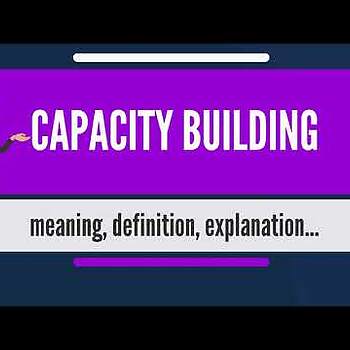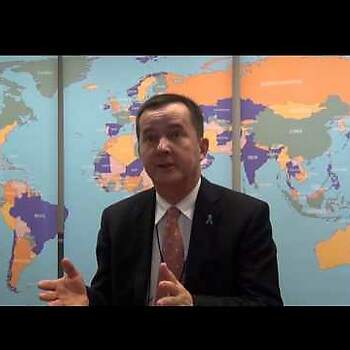Capacity development on WASH delivery around Lake Victoria: https://www.linkedin.com/in/maarten-blokland-b7069914/detail/overlay-view/urn:li:fsd_profileTreasuryMedia:(ACoAAALy5EQBXJuRCFV6VCP_m6EThQ2fiXbnLeY,1602172508777)/
Capacity development is a long-term iterative process that involves design, application, learning and adjustment. There are five key steps that shape the capacity development process. These include; engaging stakeholders on capacity development, assessing capacity assets and needs, formulating a capacity development strategy, implementation of the strategy and evaluating the whole process. Most efforts aiming at capacity development are fragmented and not founded on needs assessment thus reducing chances of effectively addressing the existing knowledge gaps. Also, there is often little specification on capacity for whom, to do what and to what ends, thus representing a lack of direction for achieving development goals.
Knowledge generation and transfer: capacity can be developed by the coding and transferring of knowledge, of which there are two types: tacit knowledge and explicit knowledge. Tacit knowledge is personal and rooted in an individual's actions and commitment. Explicit knowledge is knowledge that can be captured, written down and or shared in form of documents or databases. A number of knowledge transfer mechanisms exist and some of these include; training seminars and courses, face-to-face meetings, working groups, multi-stakeholder platforms, electronic data exchange, video conferencing, procedures and directives among others.
Capacity Development in the Water Sector: in developing countries, the water sector is faced with varying conditions that hinder capacity development efforts. Experience shows that institutional weakness and malfunctions are a major cause of ineffective and unsustainable water services. Capacity development is hindered, among others, by institutional fragmentation, inadequate financial management, low levels of transparency and accountability, unpredictable, unbalanced or inflexible funding and staffing, lack of rewards and sanctions related to organisational and individual performance as well as entrenched corruption in core government organisations. Where capacity development is carried out, it tends to operate on a short-term horizon and have a narrow focus on training at the individual level without there being adequate attention to the other two capacity levels (organisation and enabling environment).


